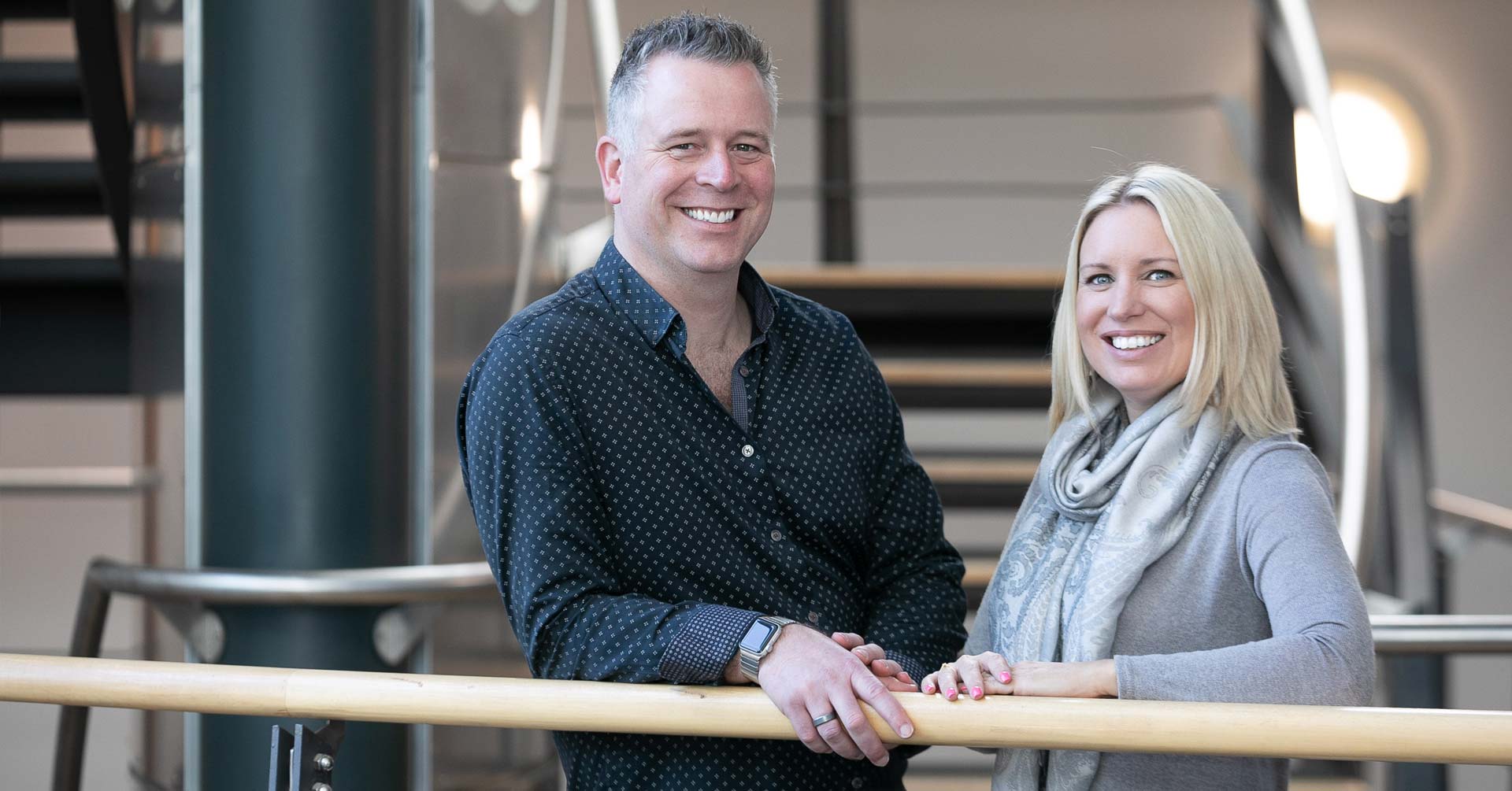User experience (UX) design is the process that puts your users at the centre of your website, by understanding their needs to create a meaningful and purposeful experience. It’s an essential process for every business, brand, or organisation, regardless of size or scale.
We’ve all used a badly designed website and thought how difficult it is to use or find the information we want. This is what we call a poor user experience. Likewise, we’ve all used websites where we’ve thought, “this is really clear and easy to use – it just works!”. Those sites have a positive user experience.
Websites with a positive user experience give their audience what they want. Whether this is a fast, efficient process, or a series of emotional and engaging experiences, every user for every brand will have different needs.
Step 1
Research User Needs
The first step in UX Design is to find out who your users are and what are their needs. This can be done with a variety of research methods and insights. But as UX research doesn’t use a ‘one size fits all’ approach, there are different tools that work better for different situations. The important factor is that you clearly define your user needs, so they can then be understood and answered.
Step 2
Architecture
The second step is all about mapping out how a user gets their needs answered. This could be a simple one click action, or a more layered, multi-step journey. This process is called ‘user journey mapping’ and forms part of the architecture of the website.
These user journeys can be quickly created using paper prototyping or worked up into an interactive wireframe. Either way, the journey can be tested by groups of sample users. We like to work in small steps, so we can test, refine and improve along the way. This allows all our projects to be more successful and deliver faster results.
Once the user journeys have been established, we can move onto creative design. This is where we consider how creativity and your brand can combine to form engaging interfaces that are a pleasure to use. The website is then developed and built based on the user centred designs.
Step 3
User Testing
Once the website goes live and is being used by the audience, it then undergoes the final step of UX Design: user testing. During this process, we measure how effective the website is against real users and their needs. Again, there are a number of ways to gain both quantitative and qualitative user feedback.
The blend of tools we use will be unique to the client and their audience and we use this data to carry out adjustments to the website – making small but significant improvements to its efficiency, the user experience, and ultimately, your bottom line.
Your own website or digital product can thrive by putting a UX design process at the centre of it. Get in touch with us today to discuss how we can help you craft a user-centred journey that’s easy, efficient, and engaging.



